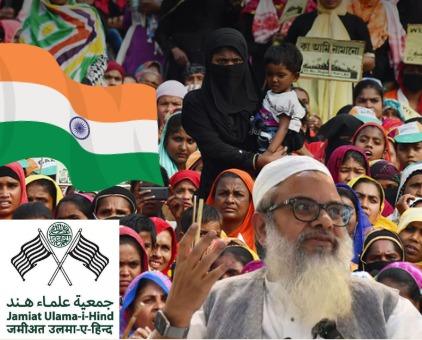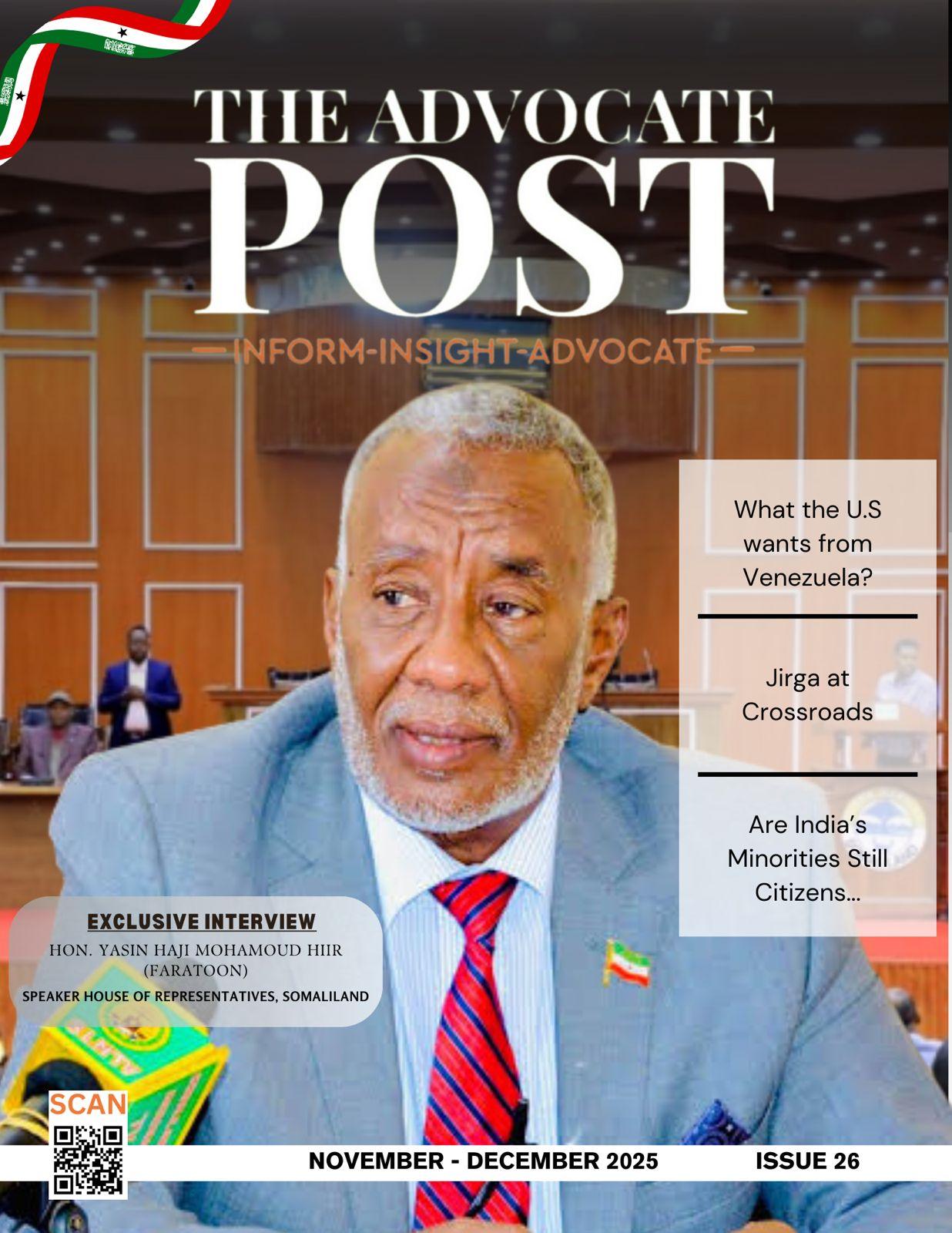By Amna Amir (Pakistan)
The gender pay gap remains one of the most persistent inequalities of our time. Despite decades of progress in women’s education, participation in the workforce, and empowerment, women across the world still earn less than men in 2025. Equal pay is not only about money—it is also about fairness, rights, and dignity. Yet the gap has narrowed only slightly in some countries, stalled in others, and even widened in a few. This persistence shows that outdated systems and social attitudes continue to play a role in keeping inequality alive.
Globally, the picture is far from encouraging. According to the World Economic Forum’s 2025 Global Gender Gap Report, only 68.8% of the overall gap has been closed, leaving more than 30% unresolved. At the current slow pace, true equality may take more than a century to achieve. That women continue to earn less despite equal or even higher levels of education in many regions highlights how deeply rooted this inequality remains.
Country-specific data makes the issue clearer. In the United States, the Pew Research Center reported in 2023 that women earned just 82 cents for every dollar earned by men in 2022—virtually unchanged in two decades. In China, research by Zhang, Liu, and Chen in 2022 found that women earned only 71.57% of men’s pay, with more than 80% of the gap linked directly to discrimination rather than differences in skills or education. In Pakistan, the International Labour Organization (2025), via UN Pakistan, reported that women earned 25–30% less in formal jobs and nearly 40% less in informal work, with cultural barriers worsening the problem. Even advanced economies face challenges. The PwC 2025 Gender Pay Gap Report found the United Kingdom still had an 11.2% mean hourly gap, while Pay Gap Data (2024–2025) showed that in Australia, women earned only 78 cents for every male dollar, an annual shortfall of around $28,425. The largest gaps appeared in industries like mining, airlines, and finance—sectors that reward men while consistently undervaluing women. If developed countries struggle to close the gap, the challenge for others is even greater.
The reasons behind this inequality are both structural and cultural. Occupational segregation continues to guide women toward lower-paid fields such as teaching, healthcare, and administration, while men dominate higher-paying industries like finance, engineering, and technology. These outcomes are not simply the result of free choice, but are shaped by long-standing barriers and social expectations that influence career decisions from an early age.
Even when women enter male-dominated fields, they often face the “glass ceiling.” Their promotions are slower, leadership opportunities fewer, and assumptions about who fits the role of a leader still tend to favour men. As a result, women remain underrepresented in the highest-paying executive positions. Family responsibilities add another layer of inequality. Women who become mothers often see their careers slow down, while men in similar situations may even benefit from what researchers call a “fatherhood bonus.” This contrast reflects a double standard in how societies view caregiving. Beyond economics, the pay gap also reveals how societies value different kinds of work. Professions dominated by women—such as care work, teaching, and health services—require skill, resilience, and responsibility, yet they are comparatively underpaid. The issue is not about capability but about perception: work traditionally linked with women has historically been undervalued, and this continues to shape pay disparities.
The solutions are well known. Affordable childcare, equal parental leave for both men and women, and pay transparency can all help reduce inequality. Iceland has already shown that requiring companies to certify equal pay practices can make a difference. Yet regulation alone cannot solve the problem. Workplaces also need to change how they view responsibility and leadership. As long as caregiving is seen primarily as women’s duty and leadership as men’s domain, the gap will remain. Equal pay is not just about economics—it is also about rights. Article 23 of the Universal Declaration of Human Rights guarantees equal pay for equal work, yet more than seventy-five years later, that promise is still unfulfilled. The gender pay gap is not a problem of the past—it continues to shape women’s lives in 2025. From Pakistan to the United States, from China to Europe, women are still denied the basic principle of equal pay for equal work. Every step taken toward transparency, accountability, and cultural change brings the world closer to equality. The real challenge is whether there is enough will to address the systems that allow inequality to persist. Until then, the pay gap will remain not only an economic barrier but also an unfinished challenge for societies everywhere.
Author is from Lahore, Pakistan and a Student of LLB Hons. at University of London.






This Post Has One Comment
This is a very well researched article which covers every important issue. Bravo, truly an amazing peace of work👏👏